-
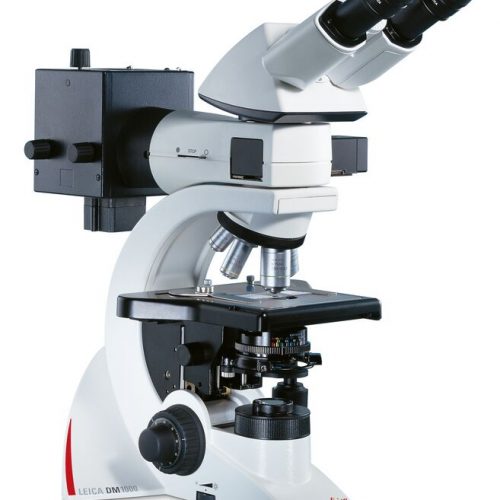 Fluorescence is one of the most commonly used physical phenomena in biological and analytical microscopy, mainly because of its high sensitivity and high specificity. Fluorescence is a form of luminescence.
Fluorescence is one of the most commonly used physical phenomena in biological and analytical microscopy, mainly because of its high sensitivity and high specificity. Fluorescence is a form of luminescence. -
 Fluorescence is one of the most commonly used physical phenomena in biological and analytical microscopy, mainly because of its high sensitivity and high specificity. Fluorescence is a form of luminescence.
Fluorescence is one of the most commonly used physical phenomena in biological and analytical microscopy, mainly because of its high sensitivity and high specificity. Fluorescence is a form of luminescence. -
 Fluorescence is one of the most commonly used physical phenomena in biological and analytical microscopy, mainly because of its high sensitivity and high specificity. Fluorescence is a form of luminescence.
Fluorescence is one of the most commonly used physical phenomena in biological and analytical microscopy, mainly because of its high sensitivity and high specificity. Fluorescence is a form of luminescence. -
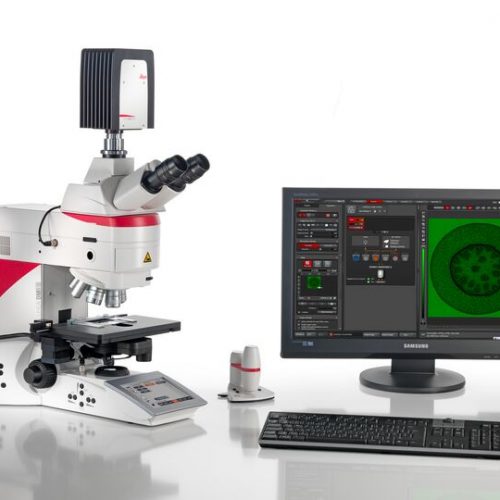 Fluorescence is one of the most commonly used physical phenomena in biological and analytical microscopy, mainly because of its high sensitivity and high specificity. Fluorescence is a form of luminescence.
Fluorescence is one of the most commonly used physical phenomena in biological and analytical microscopy, mainly because of its high sensitivity and high specificity. Fluorescence is a form of luminescence. -
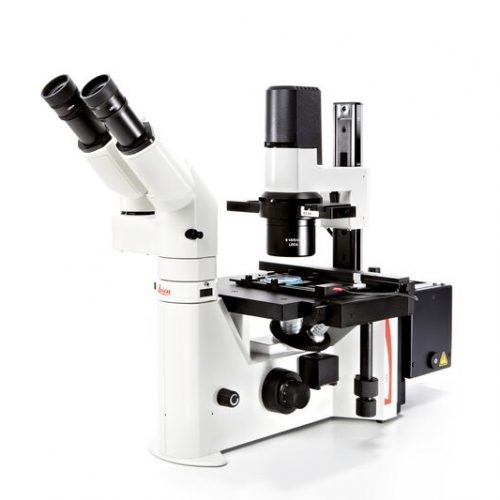 Fluorescence is one of the most commonly used physical phenomena in biological and analytical microscopy, mainly because of its high sensitivity and high specificity. Fluorescence is a form of luminescence.
Fluorescence is one of the most commonly used physical phenomena in biological and analytical microscopy, mainly because of its high sensitivity and high specificity. Fluorescence is a form of luminescence. -
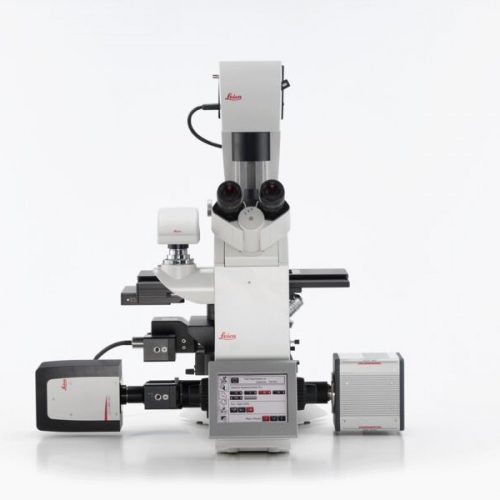 Fluorescence is one of the most commonly used physical phenomena in biological and analytical microscopy, mainly because of its high sensitivity and high specificity. Fluorescence is a form of luminescence.
Fluorescence is one of the most commonly used physical phenomena in biological and analytical microscopy, mainly because of its high sensitivity and high specificity. Fluorescence is a form of luminescence. -
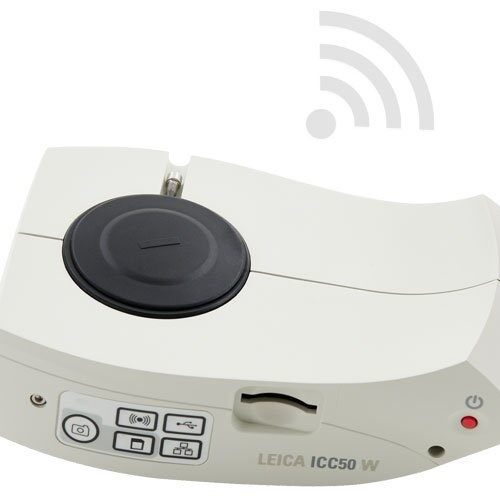 The ICC50 E exclusively uses the facilities network (WLAN or LAN) to allow students to connect to the camera. This is an ideal solution if you don`t want to add additional Wi-Fi access points to your existing wireless network concept. These 5-megapixel cameras can live-stream HD images to students’ smartphones or tablets. Students can connect to the ICC50 W either through their own internal Wi-Fi signal or through the facilities network.
The ICC50 E exclusively uses the facilities network (WLAN or LAN) to allow students to connect to the camera. This is an ideal solution if you don`t want to add additional Wi-Fi access points to your existing wireless network concept. These 5-megapixel cameras can live-stream HD images to students’ smartphones or tablets. Students can connect to the ICC50 W either through their own internal Wi-Fi signal or through the facilities network. -
 The Leica FS M manually-controlled forensic macroscope provides the flexibility, convenience, and comfort that make it the universal instrument of firearms and tool mark examiner. The versatile system is ideal for the simultaneous observation of evidence for training and consultation. The high-quality comparison bridge supports two precisely matched sets of apochromatically corrected objectives on quintuple ball-bearing nosepieces.
The Leica FS M manually-controlled forensic macroscope provides the flexibility, convenience, and comfort that make it the universal instrument of firearms and tool mark examiner. The versatile system is ideal for the simultaneous observation of evidence for training and consultation. The high-quality comparison bridge supports two precisely matched sets of apochromatically corrected objectives on quintuple ball-bearing nosepieces. -
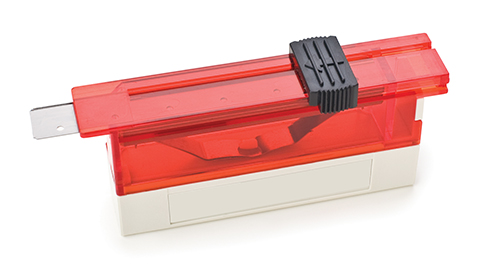 When your application calls for thicker sections, look to the high-profile disposable blades DB80HS with sharpness, longevity and consistency.
When your application calls for thicker sections, look to the high-profile disposable blades DB80HS with sharpness, longevity and consistency. -
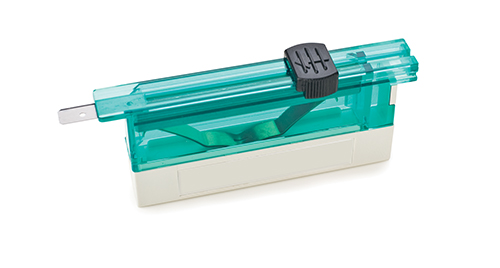 The proprietary nature of the low-profile disposable blades DB80LX aids in cutting high quality, thin sections with even very difficult to section tissue including dense specimens. With select materials, sophisticated coating and an advanced profile, this blade quickly and efficiently allows you to section routine specimens, biopsies and dense tissues.
The proprietary nature of the low-profile disposable blades DB80LX aids in cutting high quality, thin sections with even very difficult to section tissue including dense specimens. With select materials, sophisticated coating and an advanced profile, this blade quickly and efficiently allows you to section routine specimens, biopsies and dense tissues. -
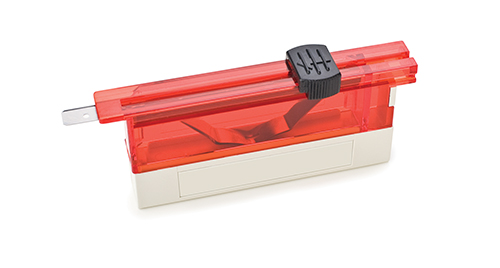 Cut the very thin sections needed for diagnostic clarity. The low-profile disposable blades DB80LS provide a new level of quality with a low-profile shape, a premium finish and edge-to-edge, blade-to-blade consistency.
Cut the very thin sections needed for diagnostic clarity. The low-profile disposable blades DB80LS provide a new level of quality with a low-profile shape, a premium finish and edge-to-edge, blade-to-blade consistency. -
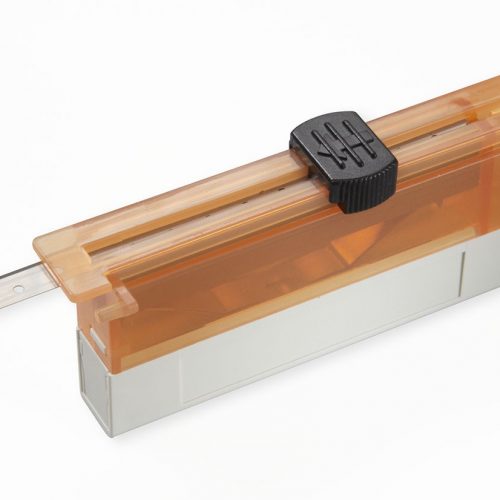 Low-profile 819 disposable blades are 80 mm long x 8 mm high x 0.25 mm thick. Made of stainless steel, the blades are ultra-fine yet durable and specifically designed for use with Leica Biosystems microtomes or cryostats classified and labelled as in vitro diagnostic medical devices for histological medical diagnosis, e.g. cancer diagnosis.
Low-profile 819 disposable blades are 80 mm long x 8 mm high x 0.25 mm thick. Made of stainless steel, the blades are ultra-fine yet durable and specifically designed for use with Leica Biosystems microtomes or cryostats classified and labelled as in vitro diagnostic medical devices for histological medical diagnosis, e.g. cancer diagnosis.
